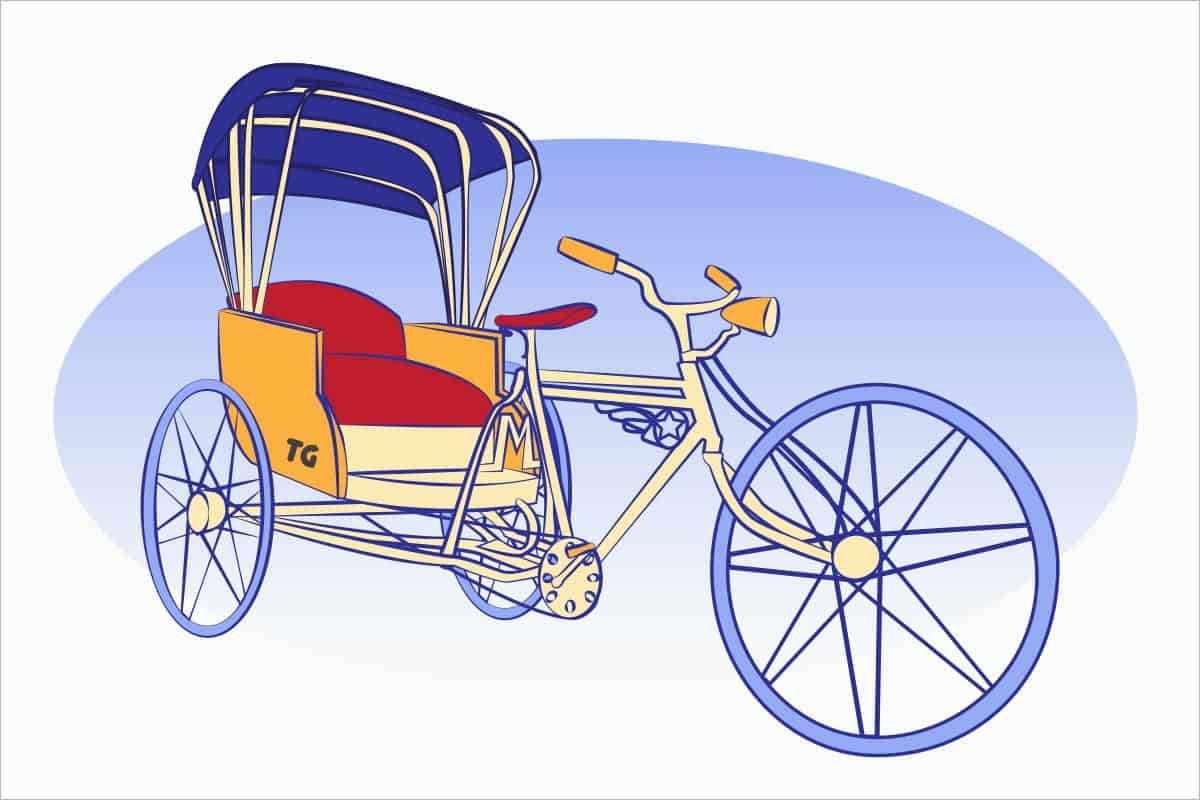Thailand just wouldn’t feel like Thailand without the image and sound of Tuk-Tuks zipping around its roads. Behind these iconic three-wheelers stands a long history dating as far back as 1886, when it is believed that Germany first applied for a patent for a three-wheeled vehicle (1).
So, if you’re interested in learning more about the history of the three-wheeler and their evolution in Thailand, you’ve come to the right place!
Here’s a timeline, past, present, and future – before engines, the use of engines, and a potential role in energy efficiency.
The Past of 3 Wheelers in Thailand
Thai Rickshaws or Samlors:
Before the motorized version, known as ‘Tuk Tuk’ came into use, people used two-wheeled carts or rickshaws pulled by a person. These rickshaws became fashionable in the late 19th century and were commonly used in parts of Asia – especially in China.
1870 – The First Rickshaw in Thailand:
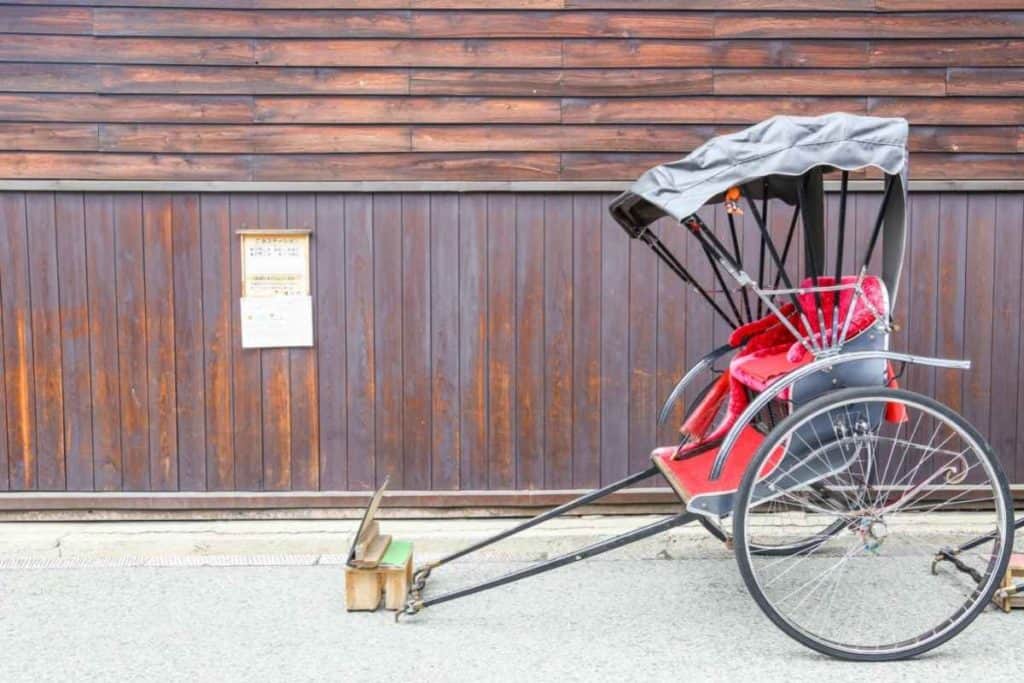
In Thailand, it is said that the rickshaw first appeared around the year 1870 (2). The advantage of these rickshaws over an ordinary carriage drawn by horse is that they did not need an animal and it was easier to transport people or goods around the city. Therefore, people of the lower class who could not buy and maintain horses (or ox) to pull the cart began to use rickshaws as their transport. Eventually, rickshaws were widely used in Thailand to transport passengers and became iconic in Bangkok (2).
1933 – The First Samlor in Thailand:
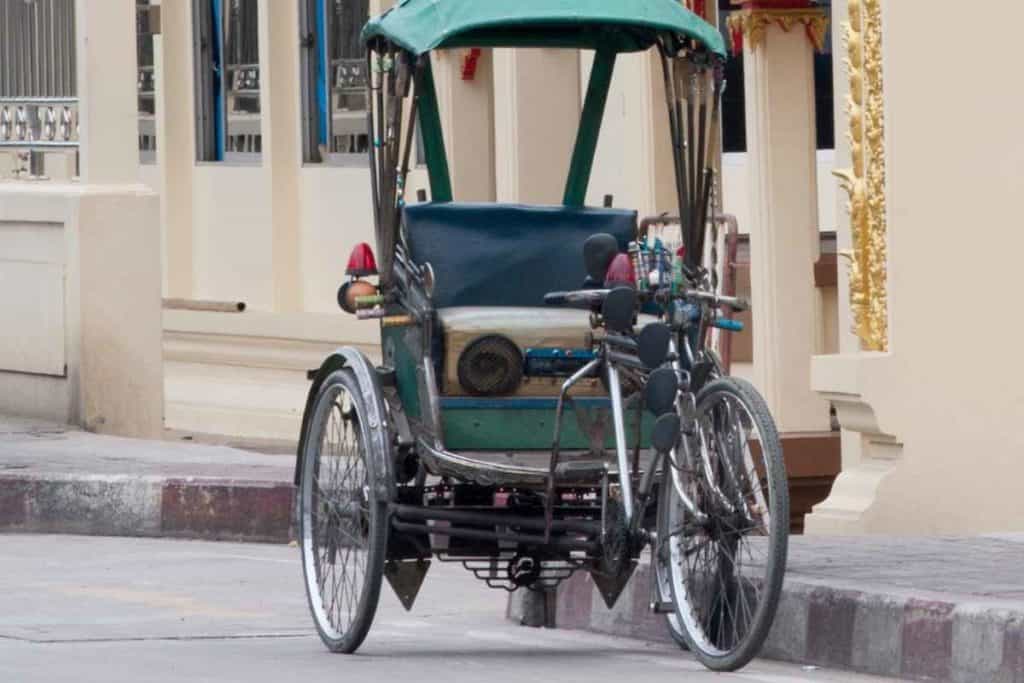
These rickshaws then evolved into what people know today as ‘Samlors.’ Initially, the Samlor was a combination between a rickshaw and a bicycle, as people adapted the bicycles by attaching a seat on one side and then putting one more wheel to keep the balance.
Hence, the name ‘Samlor’ (In the Thai language, Sam= Three, lor= Wheels) (3).
The first Samlor is believed to have been used in Nakhon Ratchasima (Korat) province of Thailand in 1933 when a Chinese merchant put two wheels on a traditional bicycle (4). This initial version of Samlors can still be found in many provinces throughout the country, such as Chiang Mai, Hua Hin, and Chiang Rai. However, they are not allowed on the main streets of Bangkok.
These pedal Samlors are usually operated by elderly men who can put younger men to shame when it comes to endurance and fitness level. Therefore, it is not necessary to feel sympathy for the driver when riding a Samlor, these guys are ‘as fit as a fiddle’. (4) As for the price, it usually depends on the distance of the destination, but you can always try to negotiate a price for a fixed amount of time. It’s a great opportunity to travel around the city in a traditional style (5).
Whatsmore, they have been several versions of Samlors over the decades. The second version of Samlor is known as the ‘Samlor Puang Kang,’ a bicycle with a sidecar added to carry passengers and their goods (5). This version is typically seen in Southern Thailand and Malaysia. Then, the next evolution of Samlor happened in the form of adding a passenger compartment to the back of a motorcycle – Samlor Kreung (5).
To this day, these samlors are also seen throughout Thailand. However, they are not as common as the earlier versions.
Tuk-Tuks:
1960 – The First Tuk-Tuk in Thailand:
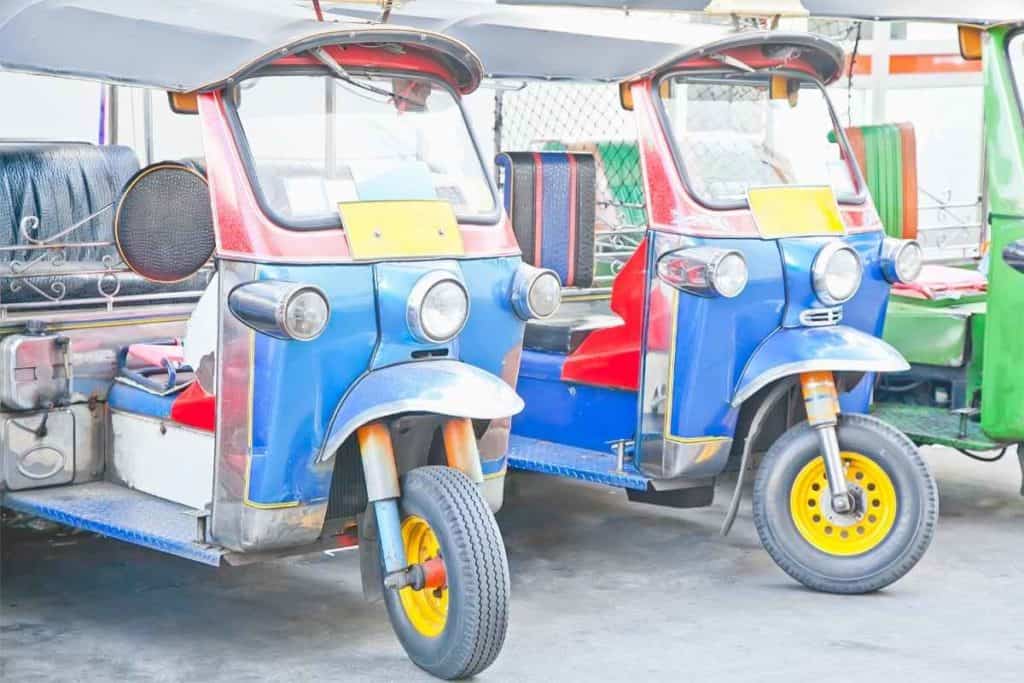
As time and technology progressed, these three-wheelers have become modernized. Particularly for the versions used for passenger transportation and improving comfort.
After World War II, the first motorized version of tricycles appeared. The first manufacturer to launch a motorized tricycle was Piaggio, with its Ape. From that point, it didn’t take long for the Asian market to imitate Ape’s thriving design. The first motorized three-wheeler in Asia was born – the ‘Tuk Tuk,’ as we know it today (2).
They were first introduced to Thailand in 1960 when an old Japanese 3-wheeler was used to provide public transport. These were given the name ‘Tuk Tuk’ due to the chugging sound of their engines (3). And even though these familiar sounds have slowly disappeared over the years, as Tuk-Tuks have switched engines to the LPG types, people still call them ‘Tuk-Tuks’ (3).
The Present 3 Wheelers in Thailand
Current Position of Most Common Three-Wheeled Taxis in Thailand:
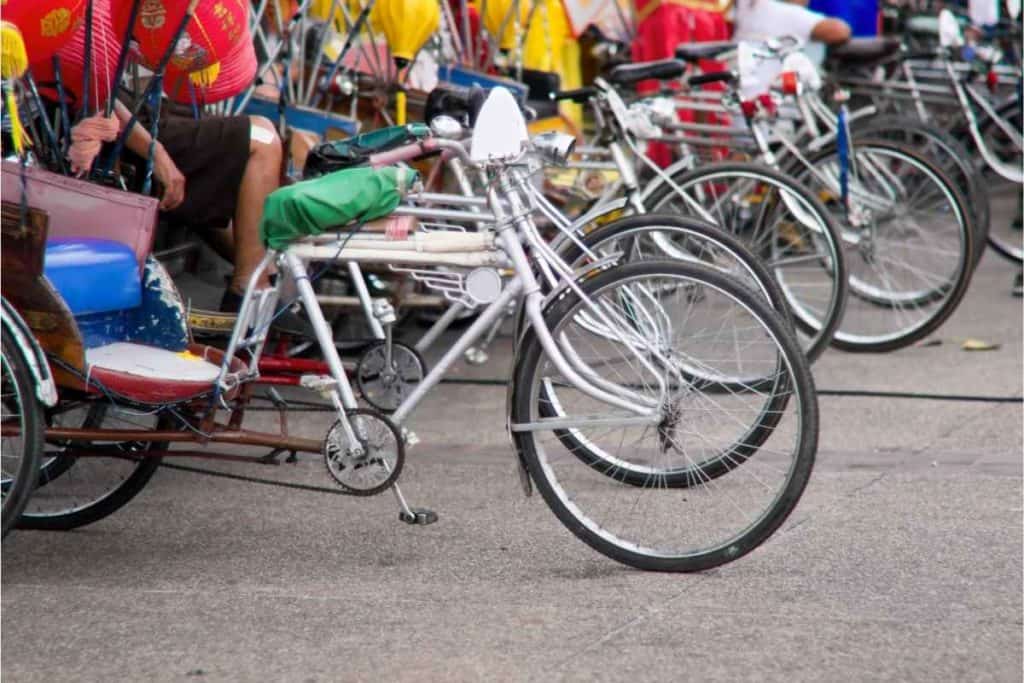
As almost all Thailand’s three-wheelers are motorized versions, Samlors are rare to come across these days. In Chiang Mai, there are currently less than 70 Samlors. While in Chaing Rai, it is believed there are only 15 of them left. In Lamphun, there are approximately 30 Samlors still active (6).
These numbers show that Samlors have become a symbol of the past and are not widely used as they were before. There are several reasons why – the first reason is that they are slow; second, they obstruct the traffic; third, fewer and fewer people are willing to power Samlors (7).
For tourists who want to experience the traditional Samlor rides while in Thailand, there are Samlor tours in Chiang Mai. This is organized by projects such as “Chaing Mai on Wheels” and their other website called ‘Chiang Mai a la Carte’ (7).
These Samlor tours are usually designed as a half-day private tour in Chiang Mai or as an inclusion for day tours in Chiang Rai and Lamphun provinces (6). A knowledgeable English-speaking guide accompanies the guests during the tour, as most Samlor drivers speak limited English. These tours usually avoid main roads as much as possible to avoid unwanted accidents. The cycle route usually goes through quiet alleys and back streets of the provinces.
In consideration of the drivers’ well-being, the distances of these tours are also limited. And although exact numbers are not disclosed to the public, it is claimed that the Samlor drivers receive more passengers via the project than they privately (6). Chiang Mai a la Carte tour also aims to preserve Samlor rides as a living and the intangible cultural heritage of Chaing Mai (6). As time goes by, more people are recognizing the importance of Samlors’ preservation.
And for anyone looking to experience the thrilling ride in a Tuk Tuks, it is certainly easier to find one than Samlors – since Tuk Tuks are the most common three-wheeler in Thailand, and still one of the major transportation methods, even in modern-day Bangkok.
Whatsmore, there are even places in Thailand where you can experience driving a Tuk Tuk by yourself, such as Chiang Mai’s The Tuk Tuk Club. One can choose from the varying options of Tuk Tuk adventures offered by the club – 11 days tour, 5 days tour, 3 days tour, day trip, private tours, etc.
All tours’ itinerary includes Tuk-Tuk lessons on Day 1. After passing the training and driver test, you can drive your own Tuk Tuk and cruise along the roads of Chiang Mai (8). These tours range from £117 per person for 1 day trip to £1395 and above for 11 days tour package (9). The Tuk Tuk Club also offers the same tour options but with a chauffeur who will drive for you instead- making it perfect for those who want to enjoy their Tuk Tuk experience in comfort, and with less responsibility.
The Future of Thailand’s 3 Wheeler
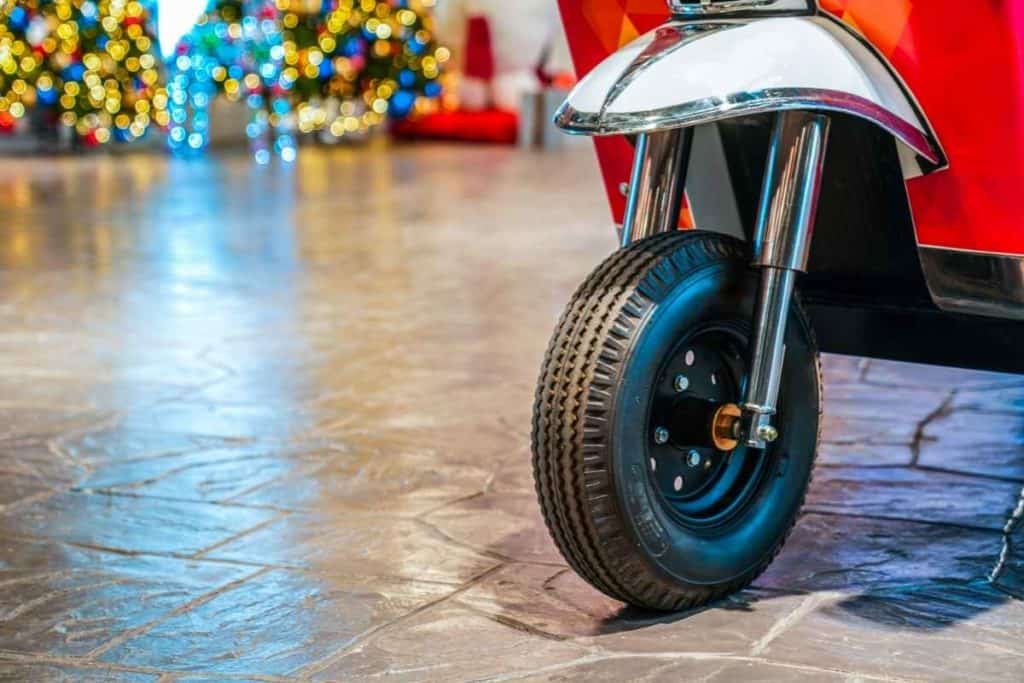
The New and Better Tuk Tuks:
2010 (onwards) – Solar Powered Three-Wheelers:
As gas prices increase and new transportation methods emerge, Tuk-Tuks face increasing challenges and competition in this modern era. To keep these classic three-wheeler vehicles on the roads of Thailand, the creation of a new solar-powered model of Tuk Tuk is emerging.
This prototype is the brainchild of Morakot Charnsomruad, who is an Air Marshal. The vision is that these new three-wheelers will inspire a cleaner and greener era for Tuk Tuks (11). A prototype released in 2010, has a battery but uses the sun’s rays as the source of power supply – making it quieter and emission-free.
It is claimed to operate for up to 80 kilometers on a 3-hour battery charge at a cost of 10 baht (11). The solar version of Tuk Tuks can reach speeds of approximately 60 kilometers per hour and comes with more leg rooms and a higher ceiling (11).
2019 (onwards) – Self-Driving Three-Wheelers:
Another attempt to create an advanced version of the Tuk Tuk in Thailand was self-driving. In November 2019, a public-private partnership to test the nation’s first self-driving Tuk-Tuk was announced (12). Thailand viewed this self-driving technology as a way to bolster its auto industry, which generates 12% of the nation’s gross domestic product (12).
The reason why Tuk Tuks were chosen as the test vehicle was because three-wheelers needed fewer parts than a car. It is also more energy-efficient, cheaper, and also are more suitable for Thailand’s hot weather (12). The design for these autonomous three-wheelers is a minimalist one, with screens displaying speed and how much electricity is left in the tank. On the roof is a 3D mapping system, which resembles police sirens, and the interior consists of handlebars so that the testers can take control if needed.
2024 – The Automated Three-Wheeled Vehicle?
However, as there are many tests and trials required, it has been said that the earliest Thailand could see automated vehicles cruising on the public roads would be by 2024 (12). Nevertheless, the future seems brighter and greener for three-wheelers.
Conclusion
Rickshaws, samlors, and tuk-tuks are legendary in Thailand, their evolution is fascinating and the future of three-wheeler transport is equally as exciting. We hope this article and the timeline summary help you to distinguish between them easier while you are in the Land of Smiles. One thing for sure is that any version you choose to ride will give you a unique and memorable experience. The legacy of Thailand’s three-wheeler taxis continues to live on!
Like always, if you want to discover more about Thailand, stay guided with ThaiGuider. You might learn something you never knew about this unique country.
References
1. R, Allan. The History Of The Tuk Tuk (Auto Rickshaw). TVS. [Online] July 26, 2019. https://tuktukph.top/the-history-of-the-auto-rickshaw-tuk-tuk/.
2. One More Destination. Tuk-Tuk In Thailand. One More Destination. [Online] [Cited: April 6, 2022.] https://onemoredestination.com/en/tuk-tuk-thailand/.
3. Jibb. Bangkok And Tuk Tuk Or Three Wheeler Transport Taxi Cabs. Trek Thailand. [Online] May 6, 2003. http://www.trekthailand.net/places/4/index.html/.
4. Cavanagh, Roy. Samlors (Thai Rickshaws). Thaizer. [Online] [Cited: April 6, 2022.] https://www.thaizer.com/samlors-thai-rickshaws/.
5. 3wheeledcheese. Samlors In Thailand (All 3 Wheeled Vehicles Used In Thailand). 3 Wheeled Cheese. [Online] July 4, 2011. [Cited: April 6, 2022.] https://3wheeledcheese.wordpress.com/2011/07/04/samlors-in-thailand-all-3-wheeled-vehicles-used-in-thailand/.
6. Chiang Mai A La Carte Tour. Samlor Tours. Chiang Mai A La Carte Tour. [Online] [Cited: April 6, 2022.] https://www.chiangmai-alacarte.com/product-category/samlor-tours/.
7. Green Trails. Chiang Mai On Three Wheels. Green Trails. [Online] [Cited: April 6, 2022.] https://www.green-trails.com/chiang-mai-on-three-wheels/.
8. The Tuk Tuk Club. Self Drive Tuk Tuk Adventures . The Tuk Tuk Club. [Online] [Cited: April 6, 2022.] https://www.thetuktukclub.com/tuk-tuk-adventures/.
9. —. 1 Day Tuk Tuk Adventure in Chiang Mai. The Tuk Tuk Club. [Online] [Cited: April 6, 2022.] https://www.thetuktukclub.com/tuk-tuk-adventures/1-day-tuk-tuk-tour-of-northern-thailand/.
10. —. 11 Day Tuk Tuk Tour Of Northern Thailand. The Tuk Tuk Club. [Online] [Cited: April 6, 2022.] https://www.thetuktukclub.com/tuk-tuk-adventures/11-day-tuk-tuk-adventure-of-northern-thailand/.
11. Macnamara, Kelly. Future Looks Sunny For Bangkok’s Tuk-Tuks. Phys.org. [Online] June 29, 2010. https://phys.org/news/2010-06-future-sunny-bangkok-tuk-tuks.html/.
12. Bloomberg. Tuk-tuk In Thailand To Get A Makeover, Government Plans To Transform Commute With Autonomous Vehicles. The Economic Times. [Online] October 1, 2019. https://economictimes.indiatimes.com/magazines/panache/tuk-tuk-in-thailand-to-get-a-makeover-government-plans-to-transform-commute-with-autonomous-vehicles/articleshow/71389064.cms/.
THINKING ABOUT A TRIP TO THAILAND?
I am working on a FREE Thailand Travel Guide with a FULL 7 Day Itinerary. Be the first to receive it!
Thank you for signing up.
Something went wrong.
